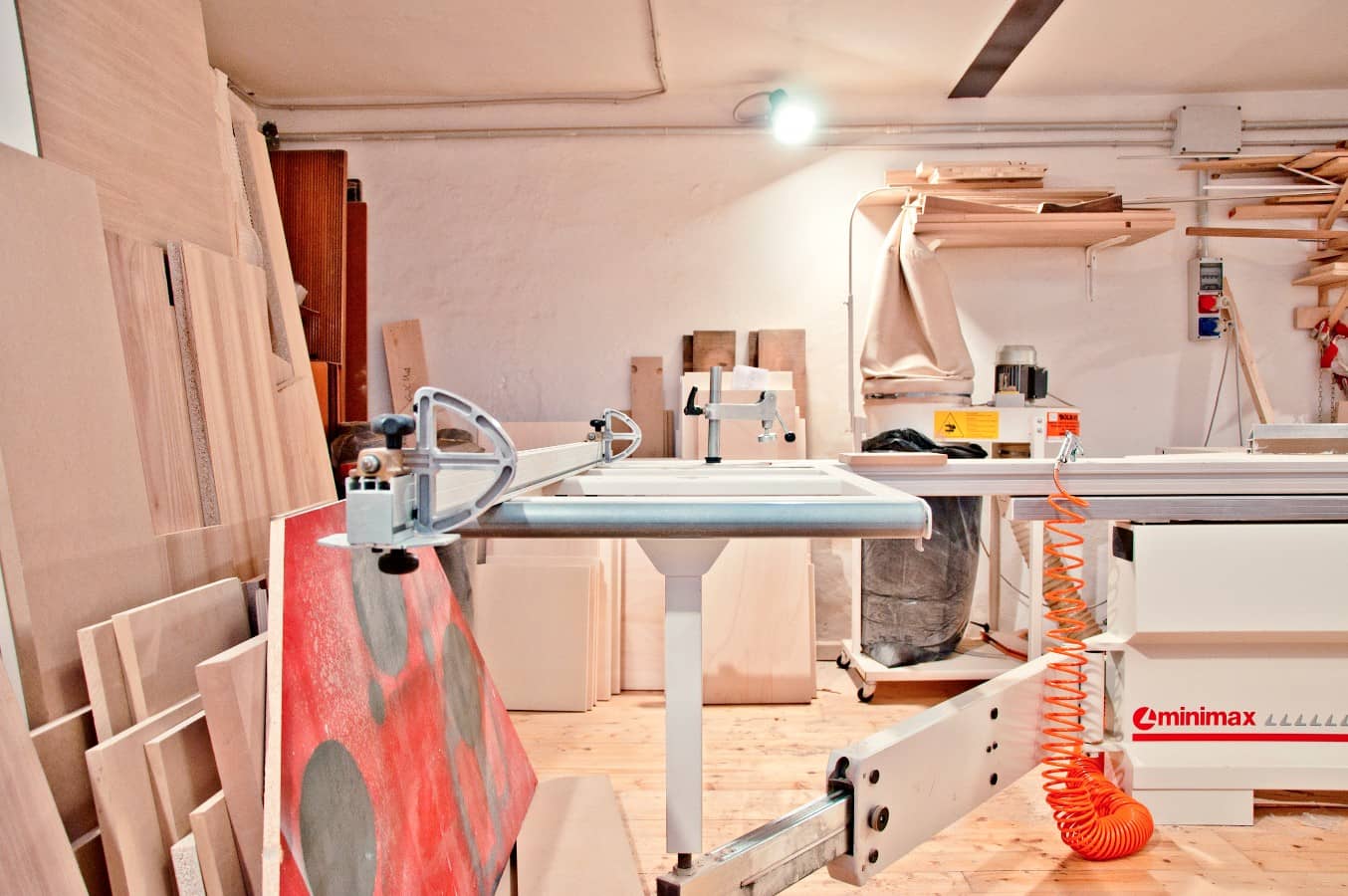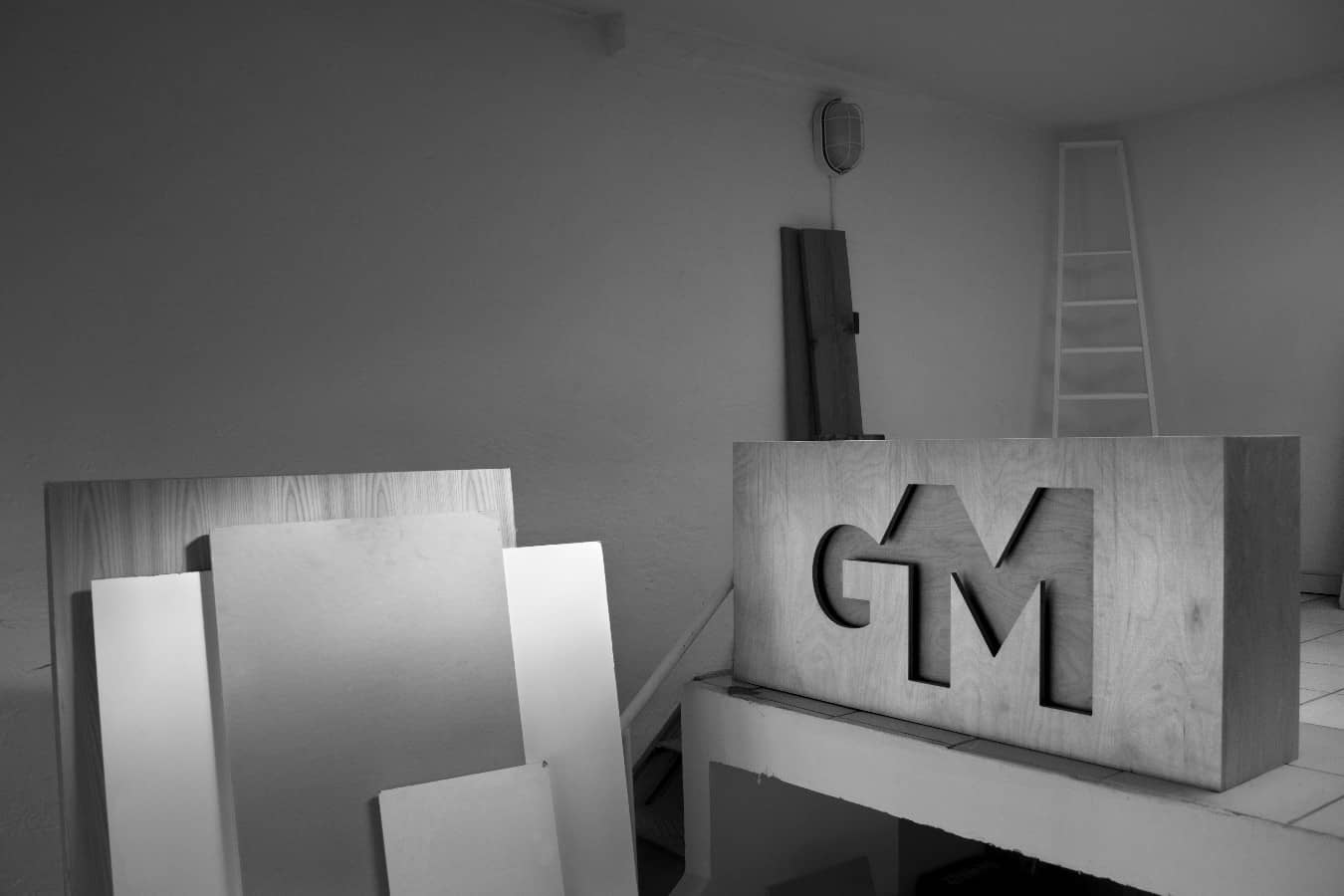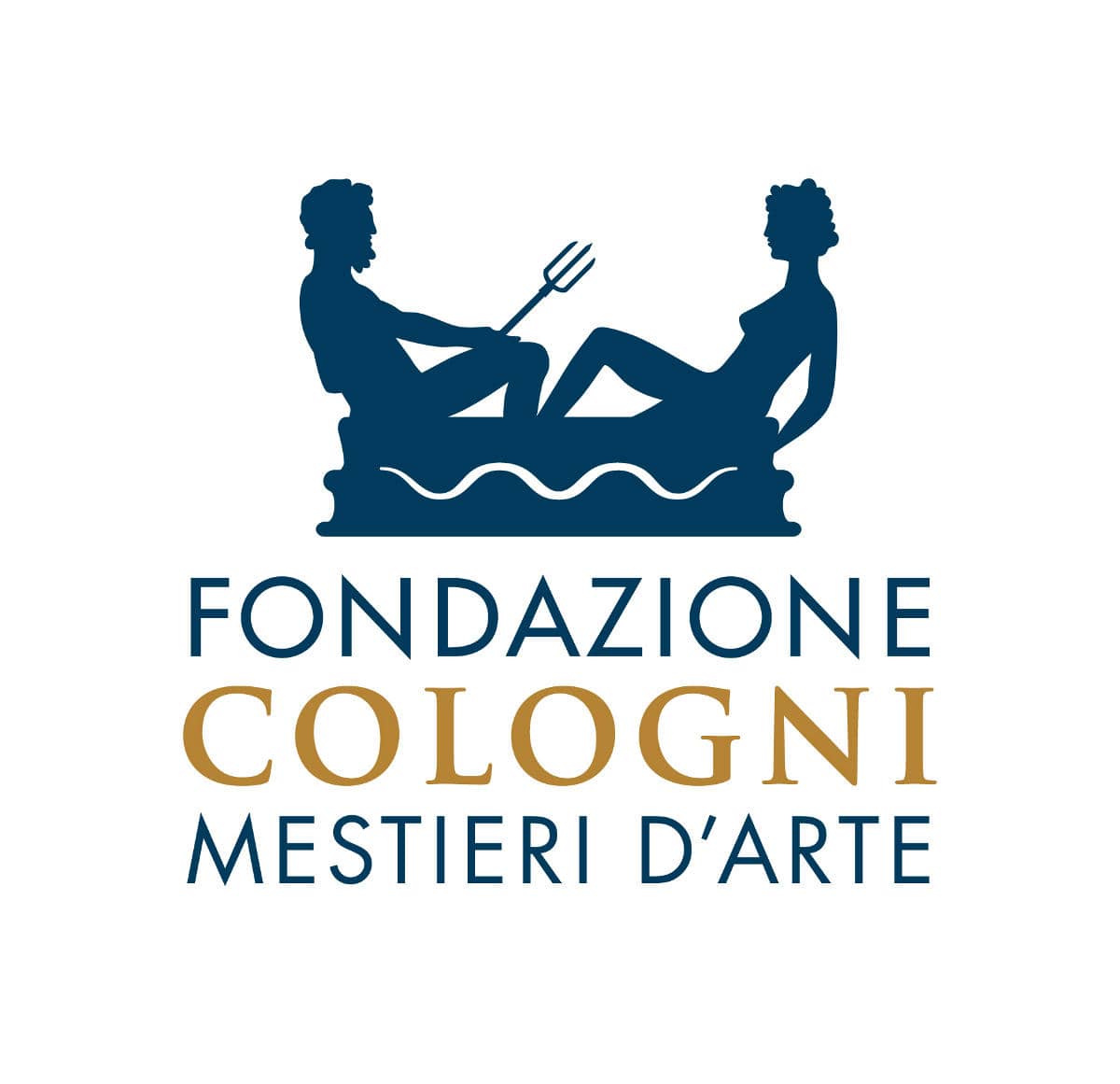
Giacomo Moor
A travel in the contemporary workshop of Giacomo MoorWhen did you decide that your future would be in woodworking?
My passion for wood grew in a craftsman’s workshop where I used to spend a lot of time during my university years. My passion for design flourished at the Polytechnic University of Milan, also thanks to Beppe Finessi, an extraordinary professor who influenced my choices and marked my future.
I developed the idea of designing and, especially, of making the objects myself. In the case of single pieces and limited series, the object’s added value lies in the fact that it is hand made. Based on a solid working experience and by examining almost obsessively other consolidated artisan businesses, I persuaded myself that I could make it work.
What training is needed for this profession?
I believe that it takes a double education. On the one hand, you need to have a formal training in the field of design; on the other, you need to develop the technical and manual skills that are necessary to transform an intuition into an object.
How do you reconcile your work with the new needs and trends of the market?
Dealing with the entire production process, from the initial concept to the finished product, is an advantage. It enables me to approach my work without being affected by the trends of the moment.
Which types of clients do you target?
Most of my clients are private. They come to me for bespoke furniture, which is tailored to their desires: the project initiates from an exchange of needs and solutions. I also collaborate with art-design galleries. This normally involves a long and articulate creative process based on a strong initial concept. In this case, transforming an idea or an intuition into furniture and objects in their own right is much more challenging.

Do you think that young people are fascinated and inspired by your profession?
Many young people work in my studio (in fact, I am the oldest) and I must admit that this makes me happy. When I interview potential candidates, I always underline the fact that, in this profession, the most difficult aspect is to maintain a high level of concentration while working with our hands.
What are the critical areas in your field? And what are the perspectives?
I run a small carpentry business and a design studio: both fields have critical areas and specific features. For artisan businesses, risk is connected with investments in materials and resources. The design process implies planning and development, which often conflicts with the timing and haste of the client. I believe that in my activity, the key lies in finding a good balance between the time required for design and the quality of execution.
Photo credit: Gionata della Ca
Studio GM
Via Padova 84
20127 Milano
www.giacomoor.com


